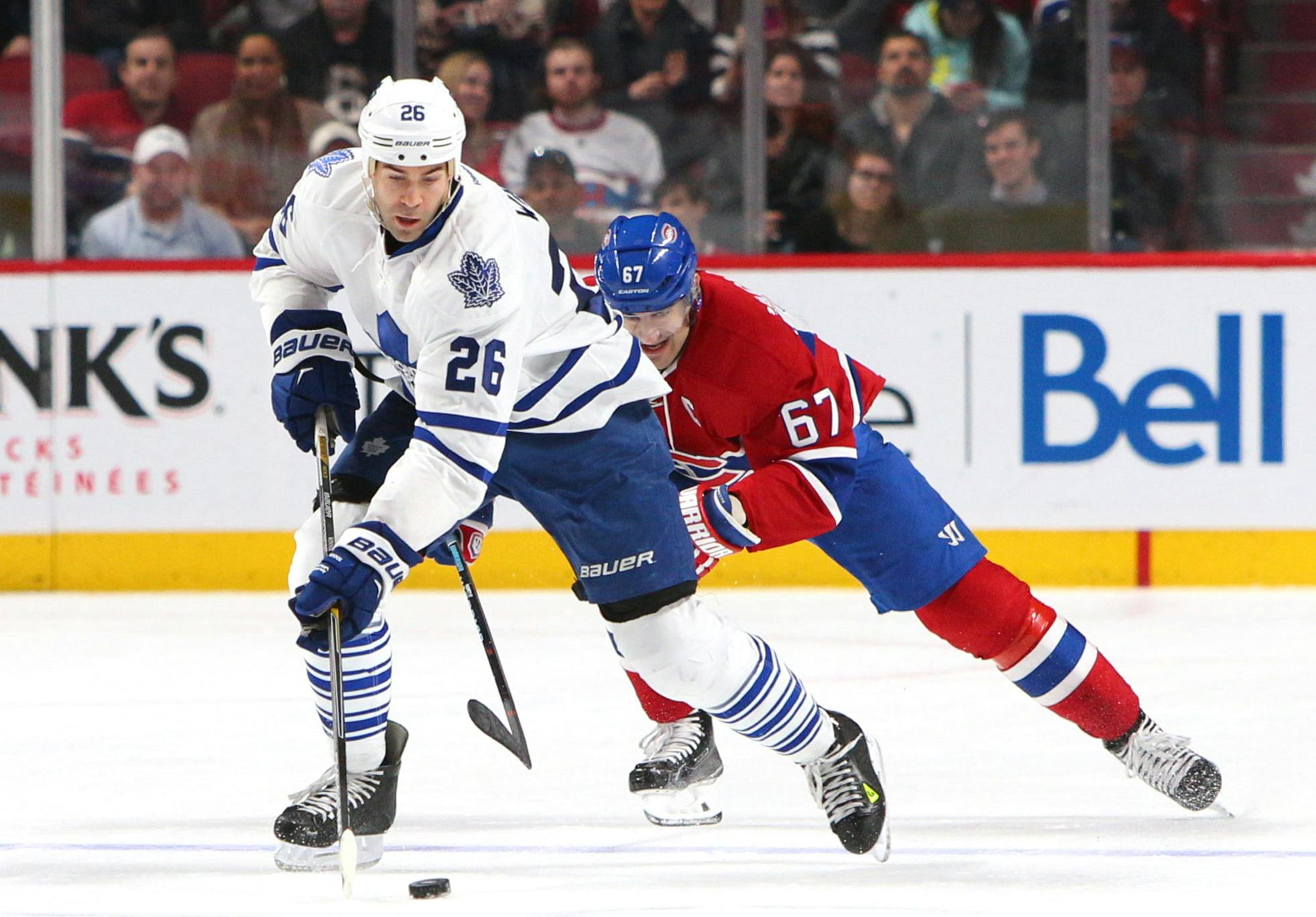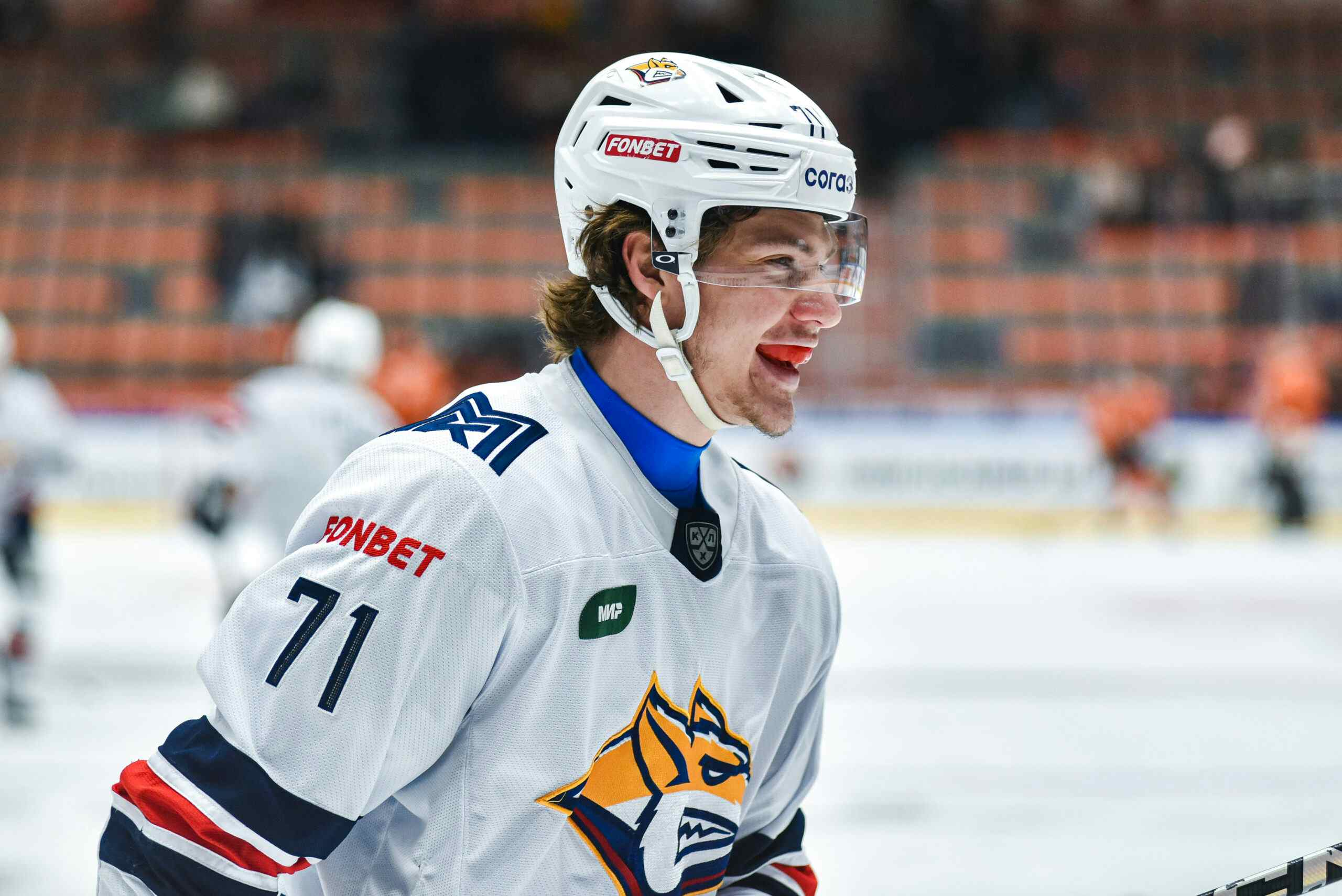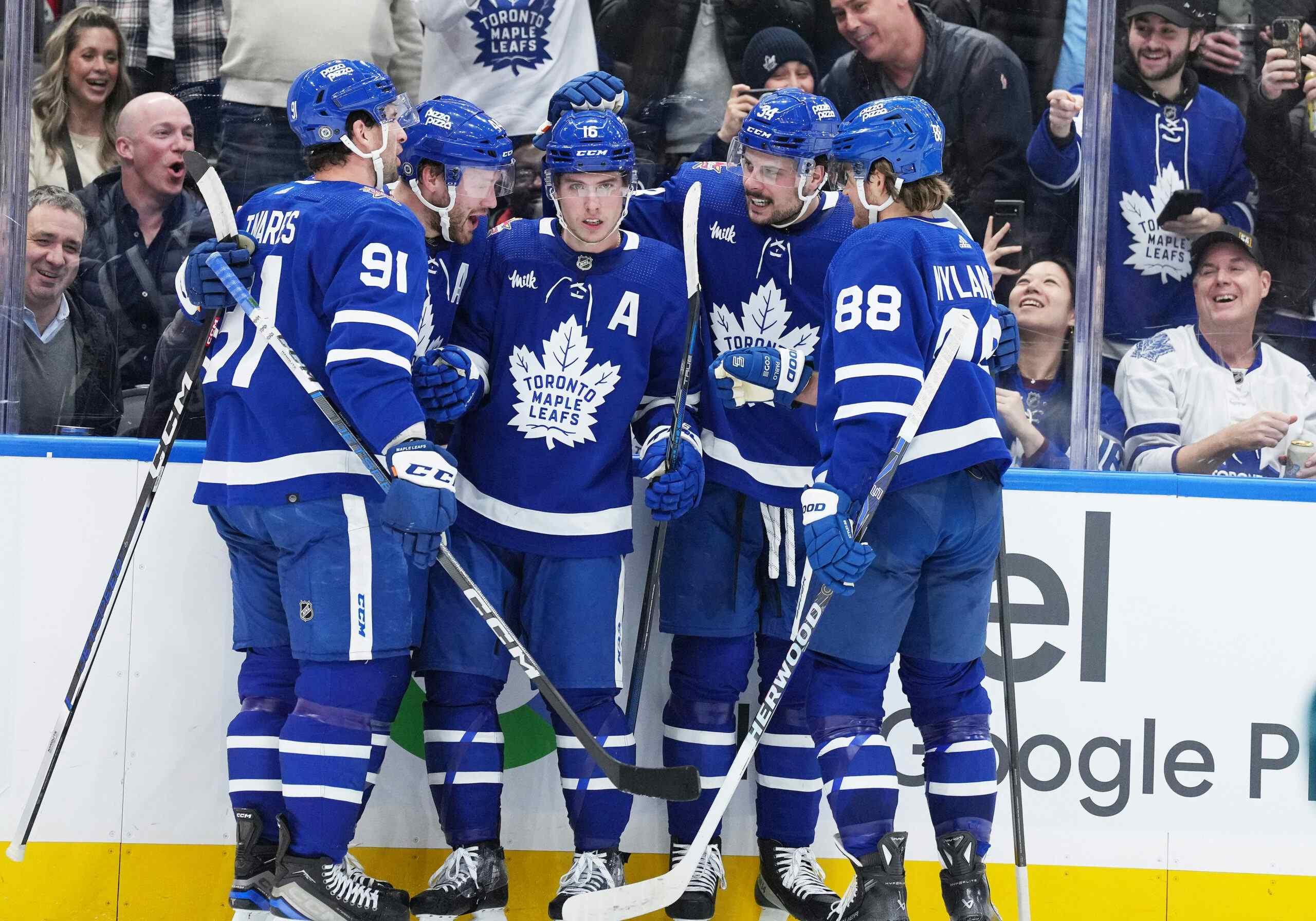I Was Promised the Habs Would Suck – What Happened?

By Ryan Hobart
5 years agoAs with pretty much every season, there’s a lot of things that most people wouldn’t have expected happening in the standings in the early goings of the season. The Vancouver Canucks sit atop the Pacific Division, the Cup winning Washington Capitals sit 3rd last in their division, the Senators have actually won games, and the Vegas Golden Knights sit second last in their division.
These are all performances that are somewhat stumping to me. However, no performance this season surprised and frustrated me more thus far than the Montreal Canadiens. All the word leading into this season was that they were going to be awful. After the dismal performance last season, the continued absence of Shea Weber, and selling off Max Pacioretty, all signs pointed to continued despair for the Canadiens.
Despite all of this, their record sits at 9-5-3, putting them 4th in the Atlantic Division, only 1 point back of our beloved Maple Leafs. Right now, they’re on pace for approximately 101 points, which would easily qualify them for the playoffs. So what the heck is happening?
It’s Not a PDO Bender
Often when performance deviates from what’s expected, it is a result of a metric called “PDO”, a random acronym that has no specific definition. What the number equates to is the addition of team shooting percentage and team save percentage together. Ideally, these should add up to 100. So, if your team’s save percentage is around 91.5% and your team’s scorers are shooting around 8.5%, you’re doing pretty much what you’re supposed to. These numbers come from a long history of seeing what teams usually are able to do. But, if your shooting percentage is really high, you’re scoring more goals than you probably should be. Similarly, if your save percentage is really high, you’re stopping more goals than you probably should be. When this gets out of hand, it’s often called a “PDO Bender”. Like alcoholism, but for goals.
Some teams will have better goaltenders or better shooters, or both, and small variances in PDO can be explained by that. It’s when there’s a big discrepancy where you can say that the results most likely are not what they should be, and we should expect “regression”.
The metric isn’t perfect. The 2016-17 Washington Capitals have the highest PDO of the last 5 years and won the Stanley Cup the following year in 2017-18. However, we’ve seen plenty of examples of it coming true in the past few years. These include: the 2013-14 Colorado Avalance; our own 2012-13 Toronto Maple Leafs; the 2014-15 Carolina Hurricanes; the 2014-15 Calgary Flames; and the 2016-17 Colorado Avalanche, to name a few. These two seemingly separate things create a pretty good read of whether what’s happening right now is likely to continue happening.
This is all to say that this isn’t even remotely what’s happening with Montreal this season. After 17 games, their PDO sits at a near-perfect 100.4. Their goaltending has been a bit below par at 90.2%, but knowing Carey Price, this is likely to rise closer to the expected 91.5% before the year is done. Their shooting percentage is higher than expected as well, at 9.57%, and no one should be surprised when this falls back closer to the expected 8.5%. These two factors are cancelling each other out, leaving their PDO sitting normal. As such, something else must be at play
All The Shots
The last few years have seen plenty of talk about another metric, “Corsi”. It’s been talked about enough that it’s so near becoming part of standard hockey vernacular. The definition is the counting of shot attempts made. This includes shots on goal, blocked shots, and missed shots. The idea isn’t to start thinking that missing the net or getting your shot blocked is good; the intent is to get more data. The more data you have, the stronger your trend is. So you could look at just shots on goal, but you’d have about 1/3rd of the data to work with!
Instead, you can look at Corsi. Generally, the more shot attempts you take, the more likely one of them is going to go in the net. Similarly, the fewer shot attempts you allow, the less likely one will be a goal.
For the Habs, they are fifth in the league in Corsi percentage (shots for divided by total shots) at 53.66%.
They are also fifth in Score-and-Venue Adjusted Corsi at 53.81%. This number applies the theory that it’s easier to get shot attempts when you’re losing, because the winning team backs off a bit. It also applies an adjustment for those rinks that are more liberal in defining what counts as a shot or a miss.
This has been shown as a decent predictor of future winning. Here is one reference by Travis Yost, that shows that even as teams become more aware of Corsi’s value, it still holds a predictivity. Here’s the original reference that taught me about shot metrics (though this one looks at Fenwick, a cousin of Corsi that discounts blocked shots) from a blog on the very Habs we’re discussing. And here is a last reference, by Micah Blake McCurdy, a great sports thinker who first developed the Score and Venue adjustments.
So Who’s Driving the Bus?
While it would be easy to chalk up the success to their 3rd overall draft selection joining the team, Jesperi Kotkaniemi, the real driver has been a different addition to the team. When crafting the Pacioretty trade, the Vegas Golden Knights mostly looked at Tomas Tatar as a contract to be off loaded. For the Canadiens, though, he has been a monster. With a 60% goal share (like +/- but as a percentage) and a 65% Corsi percentage, he’s clearly leading the Canadiens to their strong start.
This isn’t to discount the other contributions, though. The aforementioned Kotkaniemi is doing splendidly thus far, with a 58.5% goal share and 57.5% Corsi percentage.
As always, there’s the fantastic play of Brendan Gallagher as well, who has been a solid player for them for a while now. His contribution is similar to Tatar’s as their line is shared, but Gallagher himself is 55% for goals and 61% Corsi percentage.
Obviously, Price’s game can be improved upon. He’s really what’s holding the Canadiens back, with only a 90.73% save percentage at 5-on-5, and 89.21% in all situations. Relying on Antti Niemi as the back-up, who has struggled mightily since his days in Dallas, isn’t helping either. Price’s save percentage on “High Danger” chances, those right in front of the net, and rebounds, is piss-poor at 72.73% at even strength. The only goalies worse thus far are Jonas Korpisalo and, surprisingly, last year’s Vezina finalist Andrei Vasilevsky. This all needs to improve to keep the Habs where they are, but “High Danger” save percentage is the most varied stat for goaltenders. Save percentage on Low and Medium danger shots seems pretty consistent across goalies, so High Danger save percentage appears to be a true talent indicator for goaltenders. This could become a trend for Price, who is getting up there at 31 years old, and just began the first year of an 8 year, $10.5M AAV contract.
Final Thoughts
It’s painful to admit, but it really seems like the Habs have made a legitimate retooling effort and are back in playoff contention. With the jockeying for position in the Atlantic certain to be undying throughout the season, where they end up may be outside looking in. The Leafs, Sabres, Canadiens and Bruins are each only separated by 2 points at these early stages. As it stands right now, all four would make the playoffs, but that that will certainly change over time shouldn’t need to be said.
The strong shot attempt numbers for the Canadiens are a pretty good indicator that Claude Julien and the Habs are doing something for real, and if the goaltending comes together, they’re deserving of a playoff spot.
The Leafs will have to do everything they can to keep Montreal in their rear view mirror, and not in their way.
Recent articles from Ryan Hobart




